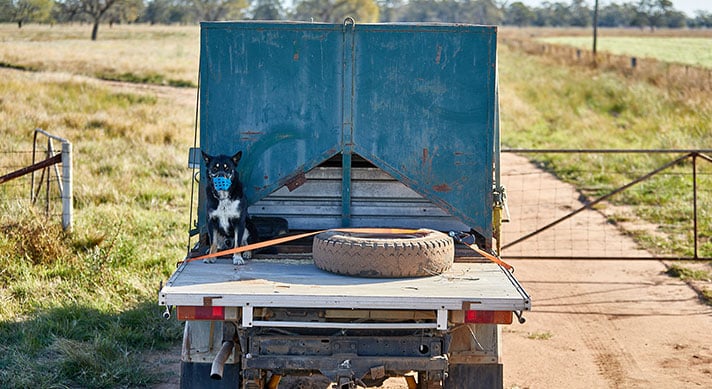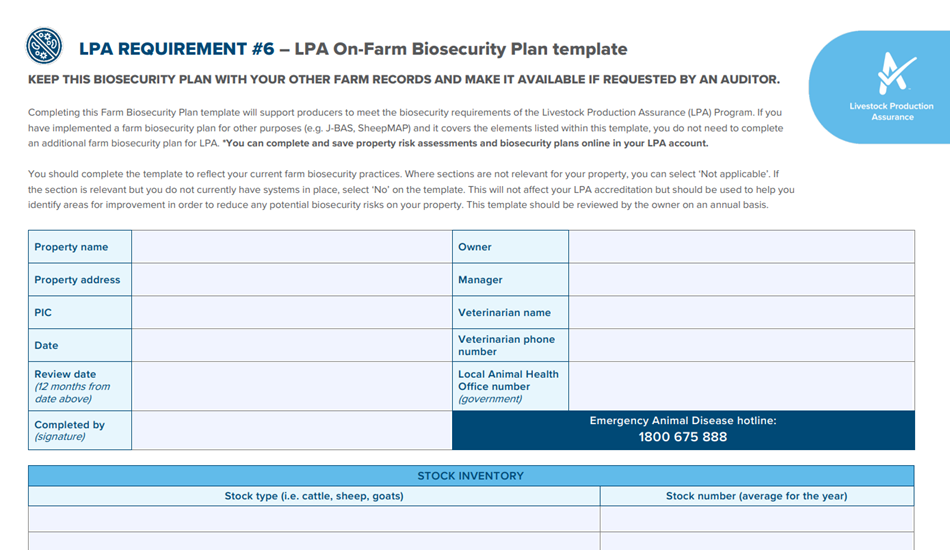Biosecurity? Protect your business and update your biosecurity plan
21 June 2022
-Min Read

Quick facts
- Australia is currently free from some of the world’s worst animal diseases
- An infectious disease outbreak would have significant trade impacts if Australia was to no longer be recognised for our clean, green and high-quality red meat status
- Completing a Farm Biosecurity plan is the first step to protecting your business, your livelihood and that of the wider industry
